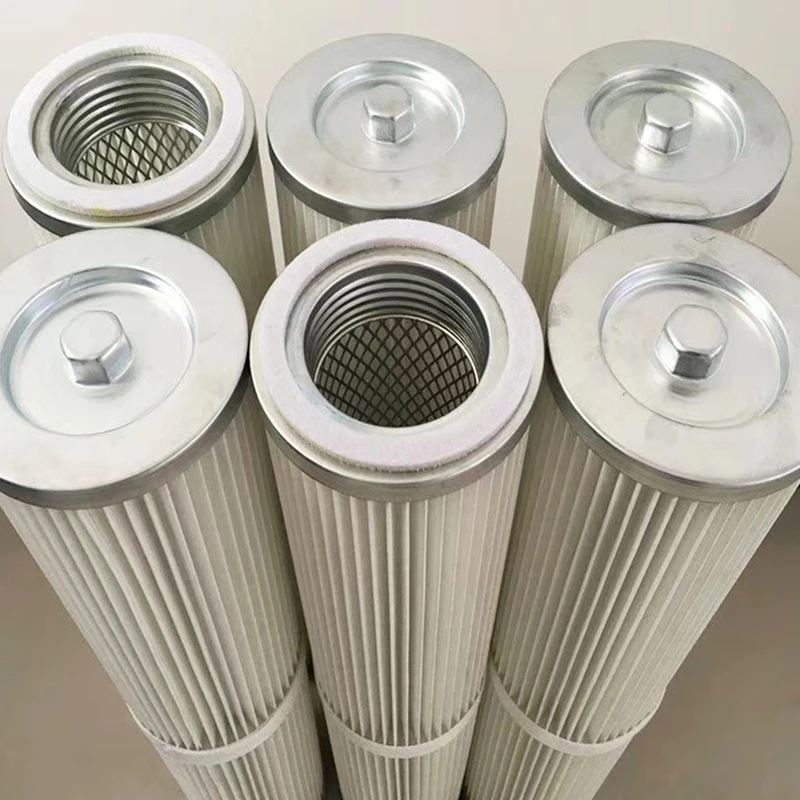 Tel:
+8615930870079
Tel:
+8615930870079
אוג . 14, 2024 03:22 Back to list
Understanding the Benefits and Applications of Cartridge Filter Air Systems in Various Industries
Understanding Cartridge Filter Air Systems
In an age marked by increasing environmental awareness and the pursuit of cleaner air, cartridge filter air systems have emerged as a reliable solution for air purification. Designed to remove airborne pollutants, these systems are essential in various applications, ranging from industrial settings to residential environments.
Cartridge filters are a crucial component of air filtration systems. They consist of a cylindrical, tubular design that houses multiple layers of filter media, effectively capturing dust, pollen, smoke, and other particulate matter. The design of these filters allows for a high surface area, enhancing their efficiency and lifespan compared to traditional filter options.
One of the primary advantages of cartridge filter air systems is their versatility
. They can be employed in a myriad of applications, including manufacturing plants, warehouses, and commercial buildings. In industrial environments, where dust and harmful particles can pose health risks, these systems help maintain air quality, ensuring a safer workplace for employees. Similarly, in residential settings, they contribute to cleaner indoor air, which is vital for health, especially for individuals with allergies or respiratory conditions.The operation of cartridge filter systems is relatively straightforward. Air is drawn into the system and passes through the filter cartridges. As the air moves through the layers of filter media, larger particles are trapped, while smaller particles, such as allergens and contaminants, are captured in subsequent layers. This multi-layer approach not only improves filtration efficiency but also increases the filter's dust-holding capacity, allowing it to operate longer without needing replacement.
cartridge filter air

Maintenance is another critical aspect of cartridge filter air systems. While they are designed for longevity, regular monitoring is essential to ensure optimal performance. Filters must be replaced or cleaned based on the manufacturer's recommendations and the specific conditions of the environment. Contaminated filters can lead to reduced airflow and decreased efficiency, ultimately resulting in higher energy costs and poorer air quality.
In addition to their primary function of air filtration, cartridge filter air systems can also contribute to energy efficiency. Modern systems are designed to minimize energy consumption while maximizing airflow, making them an economical choice for businesses and homeowners alike. By improving indoor air quality and reducing the load on HVAC systems, these systems can lead to significant energy savings.
Another important consideration is the environmental impact of cartridge filter systems. Many manufacturers are now producing filters using recyclable or biodegradable materials, reducing waste and promoting sustainability. Additionally, by improving air quality and reducing the concentration of airborne pollutants, these filtration systems play a vital role in protecting the environment.
In conclusion, cartridge filter air systems represent a significant advancement in air purification technology. With their efficiency, versatility, and contribution to both health and environmental sustainability, they are an appealing option for a wide range of applications. As awareness of air quality issues continues to grow, the adoption of cartridge filter systems is likely to increase, paving the way for cleaner, healthier living and working environments. Ensuring proper maintenance and selecting the right type of cartridge filter for specific needs can optimize performance, leading to better air quality for all.
-
Nano Fiber Technology: Revolutionizing Cartridge Dust Collector FiltersNewsAug.06,2025
-
How Activated Carbon Air Cartridges Eliminate OdorsNewsAug.06,2025
-
Dust Filter Cartridge Handling Fine Particulate MatterNewsAug.06,2025
-
Cartridge Dust Collector Filter for Welding Fume ExtractionNewsAug.06,2025
-
Activated Carbon Filter Cartridge Effectiveness Against VOCsNewsAug.06,2025
-
Activated Carbon Air Filter Cartridge Benefits ExplainedNewsAug.06,2025

 Email:
Email:





